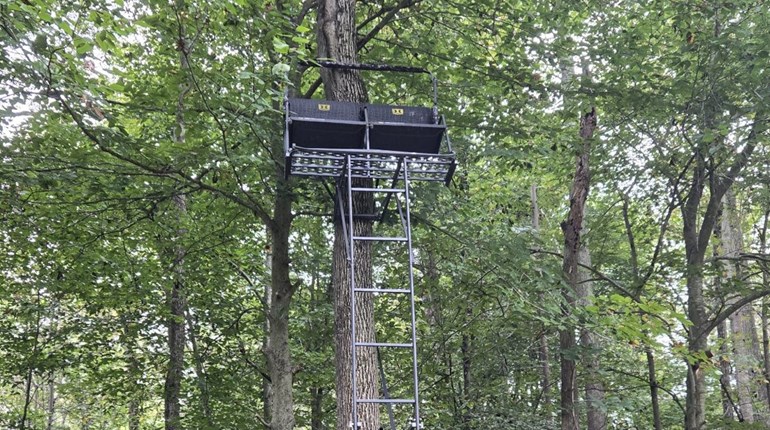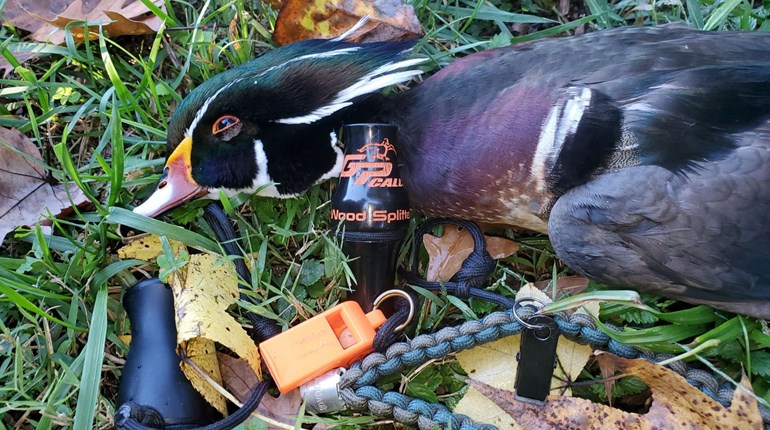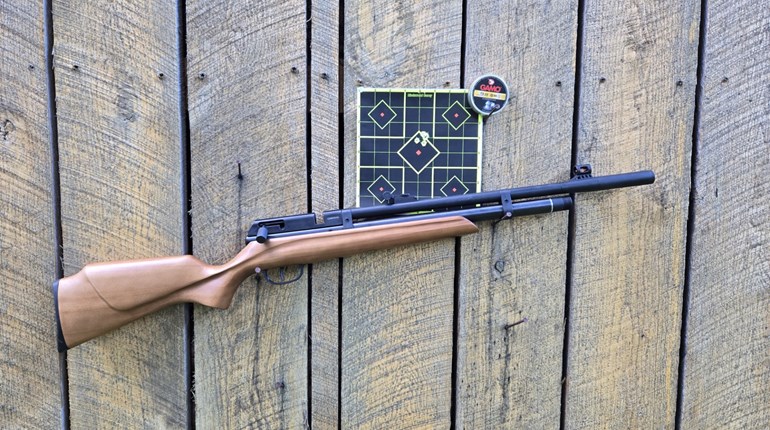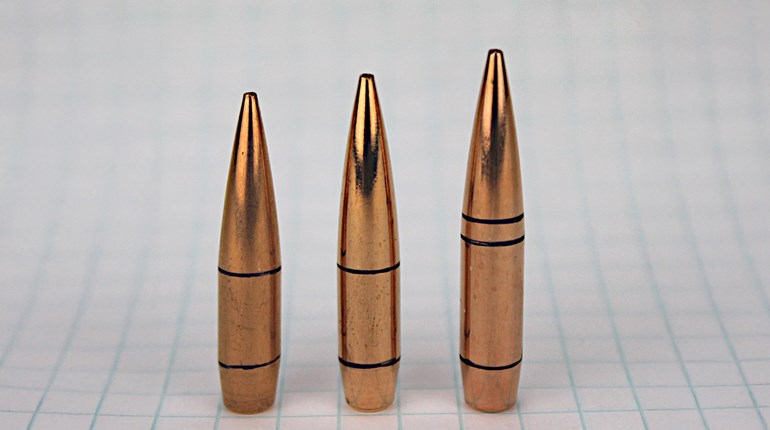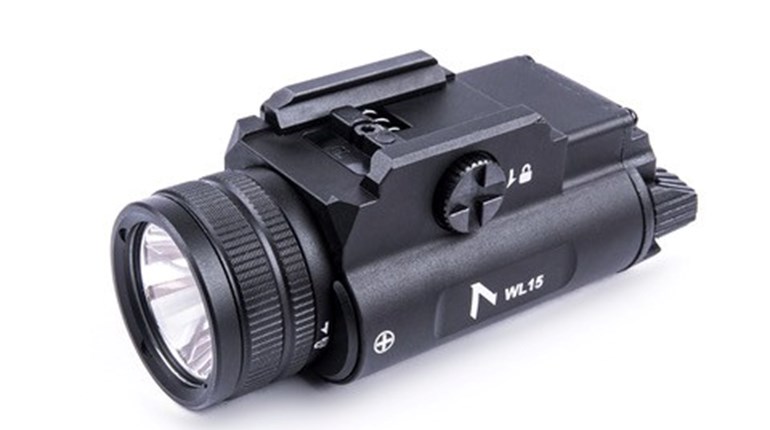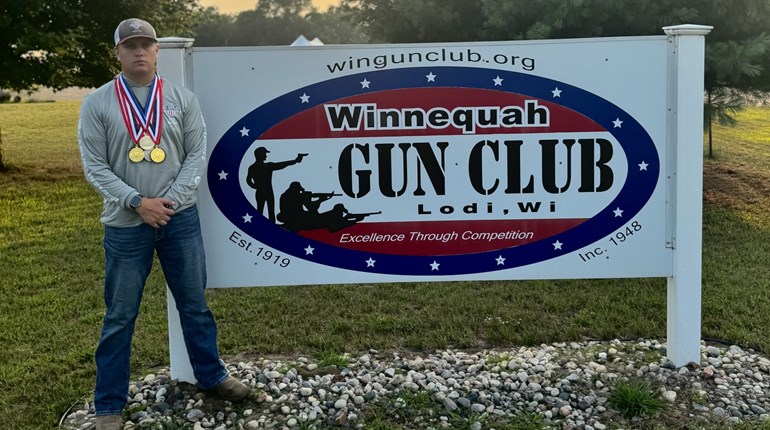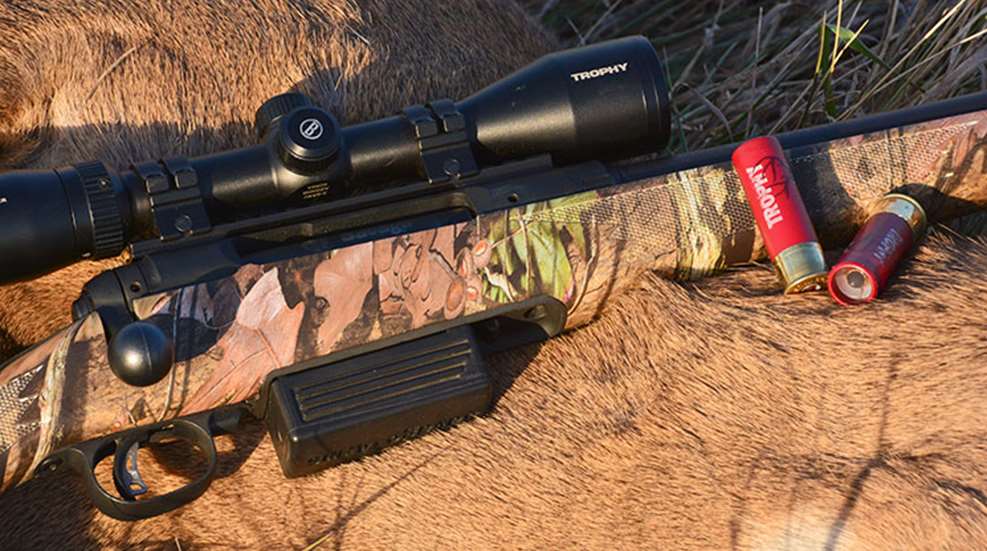
Shotguns (and ammunition for shotguns) have come a long way in the past 50 years. As a kid any deer hunting in our county had to be done with a shotgun, and our choices were pretty slim. You could use buckshot or send a rifled slug downrange and hope for the best. Ranges were short and hope was long in those days.
Times have changed though. Since then, technology has developed numerous improvements to ammunition and even firearms. Shotguns can effectively be used for almost all big game, given the correct set up and ammunition. Here is a breakdown of what you need to know for shotgun success on big game.
Ammunition Choices
There is always a discussion to be had about which is better for deer, hogs or other big game when considering buckshot or slugs. One of the biggest considerations on that topic is the range you expect to need to shoot. If the range is anywhere beyond 50 yards, a slug is definitely the better choice. Buckshot is best used at ranges under 40 yards. A deer or hog hit with a densely patterned load of buckshot will not be going anywhere far at ranges less than 40 yards.
Need to go longer? Sabot slugs can be used out to 200 yards in a properly sighted, rifled, modern slug gun with a good marksman and a good rest! Rifled slugs (or "pumpkin balls," as some old-timers call them) are best used under 100 yards, and probably under 75 yards unless you are really dialed-in with your gun and slugs. Slugs pack a lot of energy and even a 20-gauge can bring deer-sized game down quickly.
Buckshot size choice
Buckshot sizes range from #4 buck to #000, with the former being .24 of an inch each, and the latter being .36 of an inch in size. Depending on the gauge and shell length, the number of the pellets within the shell varies. For instance, a 3” 12-gauge shell with #000 buckshot made by Remington holds 10 pellets, but the #4 buck has nearly three times as many smaller pellets. In short, the smaller the buckshot, the more pellets in the shell. Keep in mind that penetration and humane killing power at ranges beyond 30 yards is reduced on big game using smaller buckshot. So, if using anything smaller than a #00 or #0 size, keep the shots at less than 30 yards, if possible, particularly if you are shooting in brushy situations.
A good middle of the road choice for deer or hog hunters using buckshot would be a 00 load in 12 gauge. #00 is plenty big enough to have energy on deer-sized game, even at 40 yards, and there are usually at least 9 pellets in such a load in 12 gauge. The biggest consideration when choosing buckshot is to hunt where you know ranges will be short. The closer the big game animal, the better the chances for a humane and quick kill. Buckshot is often purposely chosen by hunters that anticipate quick shots at close range or moving shots at close range. Just like any shot from a shotgun, the further the shot being made, the larger the spread, the less dense the pattern and the less killing energy on target.
Check your local regulations before using buckshot, as some localities do not allow it. Even where it's legal, some hunt clubs do not like it because they feel slugs are more effective and result in fewer animals being wounded and lost.
Last, when shooting buckshot, always pattern the shot in your shotgun. Some loads will pattern horribly and some great in each individual gun. A modified choke is a good place to start; sometimes full chokes work well. Unless you know your shots will be very close, avoid using improved cylinder chokes. Shoot your buckshot at a 9" circle or paper plate, or better yet, roughly draw a deer on a big sheet of paper and put the paper plate where the vitals are and aim at that. Step back to the range you think you will see a deer, at least 30 yards, and fire one shell. Go count the pellet strikes in the vitals and ensure you have at least a few in or near that area.
Slugs
In order to keep this simple, we will discuss sabot slugs and rifle lead slugs in brief. Some hunters may only have a smoothbore shotgun. If so, they must use rifled slugs and should not use sabot slugs. Shotgun users with rifled slug barrels will find that rifled slugs are not to be used in those guns, as the barrels are already rifled. Use sabot slugs.
Sabot slugs are going to be the better option between the two, as the rifling in the barrel will be superior to the rifling on a lead slug coming out of a smooth barrel. Sabot slugs are basically projectiles encased in a plastic covering, which is shed 10-30 yards downrange while the projectile continues on its way--after having received the benefit of being spun by the rifling in the barrel and stabilized for flight. This allows for much more accuracy, much like a good quarterback throwing a football with a tight spiral.
Make sure to sight-in your slugs and get tight groups, as each slug gun will shoot certain slugs better than others. Experiment with different brands and weights. Pay attention to the trajectories at various ranges to be sure you do not undershoot the animal at longer ranges.
Firearm choices
Shotguns come in various actions. The most commonly used actions for big-game hunting are single-barrel break-action guns, pump action, bolt action and semi-automatics in no particular order of relevance.
Some readers may be limited in their choice due to their budget. If you have a smoothbore shotgun, you are limited to buckshot or rifled slugs. Practice with your gun and get the most out of it.
If a hunter has a choice and can purchase a rifled slug gun, their effective range will be greatly increased, and accuracy will too. Telescopic sights on such guns also assist in increasing effectiveness of the gun and slug for hunting. Be sure to use shotgun rated scopes, since the recoil can be substantial and affects some scopes differently.
The action of the shotgun is less important, but it can be argued that a bolt action or single-action slug gun may be the better choice if long range, consistent accuracy is desired with sabot slugs. If using buckshot, perhaps a pump or semiautomatic action is best for you.
Regardless of which action you choose, be sure to tightly mount any sights you use no matter if it is open sights or a scope. The recoil can vibrate them loose over time.
This season, don’t let your big game tag go unused if you can only use a shotgun. Shotguns have taken a lot of big game over the years! Join the crowd and enjoy your shotgun for yet another purpose this season.
Buckshot size chart:
Size name Size in inches
|
#4 |
.24 inches |
|
#3 |
.25 inches |
|
#2 |
.27 inches |
|
#1 |
.30 inches |
|
#0 |
.32 inches |
|
#00 |
.33 inches |
|
#000 |
.36 inches |














